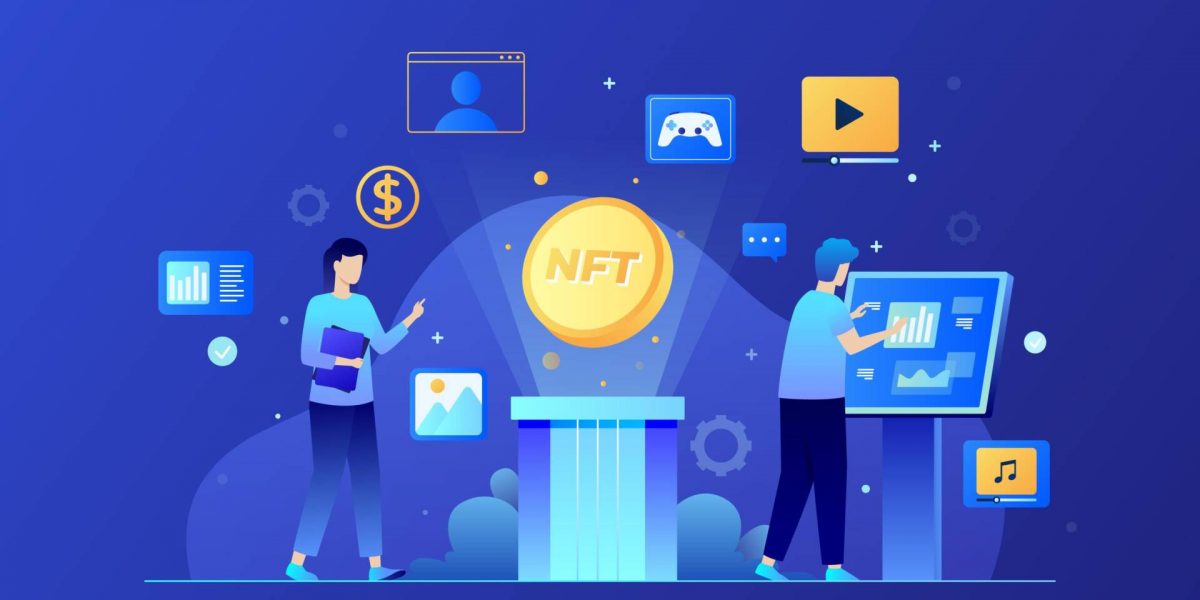Understanding Nfts And Their Financial Impact
What is NFT?
Understanding NFTs, or Non-Fungible Tokens, are one-of-a-kind digital assets that use blockchain technology to indicate ownership or proof of authenticity of a certain item or piece of material. Unlike fungible and interchangeable cryptocurrencies such as Bitcoin or Ethereum, NFTs are unique and cannot be copied. They enable the tokenization of digital assets such as artwork, music, films, virtual real estate, and more, producing a verifiable record of ownership and allowing creators to directly monetise their work.
NFTs have grown in popularity in the art and collectibles industries, allowing artists and creators to sell their digital creations while allowing collectors to possess and trade unique digital objects securely on various blockchain platforms.
How Do NFTs Work?
NFTs are created by a process known as minting, in which the NFT’s information is recorded on a blockchain. At a high level, the minting procedure involves creating a new block, validating NFT information with a validator, and closing the block. This minting operation typically includes the implementation of smart contracts that allocate ownership and manage the transferability of the NFT.
Tokens are issued with a unique identification that is directly connected to a blockchain address. Every token has an owner, and the owner’s details, such as the location of the minted token, are made available to the general public. Similar to movie tickets, even if 5,000 NFTs of the same item are produced, each one can be distinguished from the others thanks to its distinctive identity.

NFTs and their function in the financial sector
The blockchain technology is built on NFTs. As a result, the capabilities and benefits of blockchain technology have swamped it. Blockchain maintains the system’s openness and anonymity. Furthermore, blockchain technology helps to speed up transactions. Let us look at what NFTs have to offer the finance industry.
- First, NFTs secure financial transactions.
- Collaterals are possible with NFTs. This means that a user with digital assets such as NFT can qualify for the loan.
- NFTs prevent fraud due to their blockchain foundation. This is because NFTs are irreversible.
- When combined with DeFi, it can provide distributed ownership.
- The convergence of the digital and NFT booms can create numerous opportunities.
NFTs are reliable and offer numerous advantages in a variety of fields, including banking. To see the beneficial impact of NFTs on the financial field, one needs to strategically employ NFTs.
Conclusion
In conclusion, NFTs have had a huge financial impact by changing the art market and opening up new opportunities for monetization. Artists now have direct access to a global audience, allowing them to benefit from their digital creations without the need for traditional middlemen.
The secondary market for NFTs has also generated a significant amount of money, with artists getting royalties from later sales. However, the NFT market has seen volatility and speculation, raising questions about long-term viability, environmental effect, and intellectual property infringement. As the market continues to evolve and confront obstacles, the long-term financial impact of NFTs remains uncertain. Nonetheless, NFTs have clearly altered concepts of ownership and created opportunities in the digital sphere for artists, collectors, and investors.



